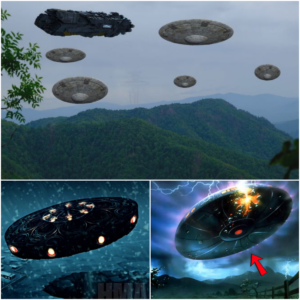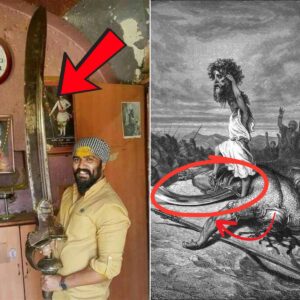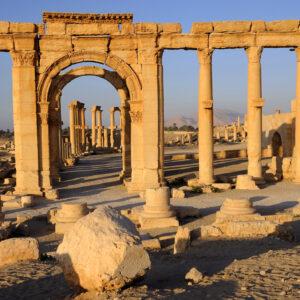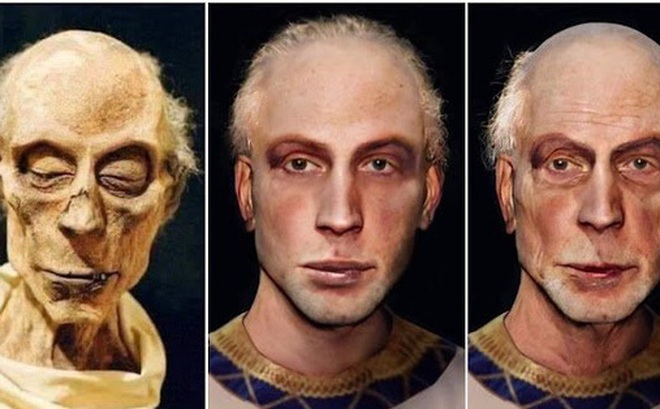
Ramesses II (also known as Ramesses the Great) was the son of Seti I and Queen Tuya. He was the third pharaoh of the Nineteenth Dynasty of Egypt and is considered one of the greatest pharaohs of ancient Egypt.
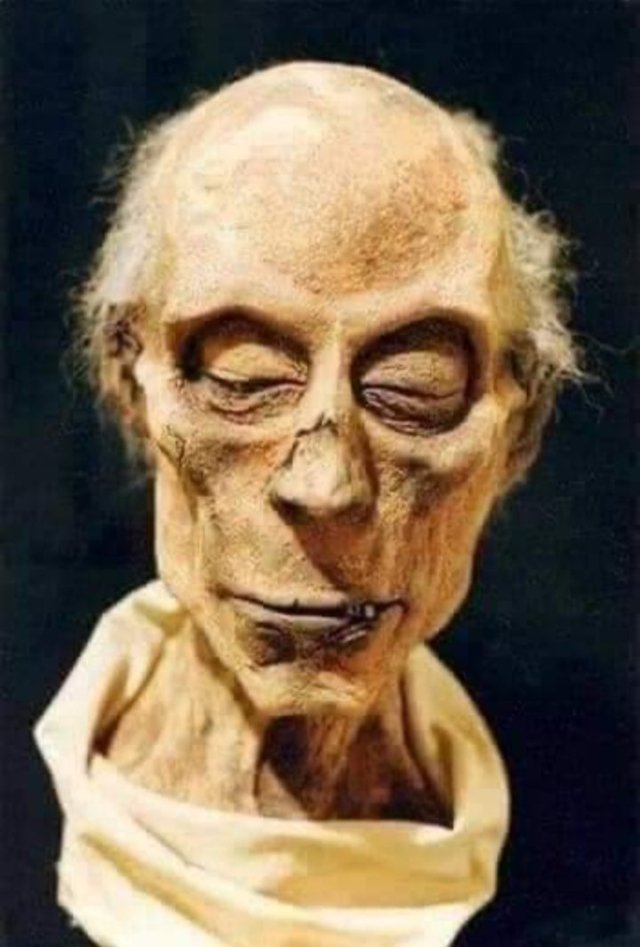
Ramesses II was also the most famous and powerful pharaoh of the New Kingdom – the most powerful period of ancient Egypt. His successors called him “The Great Ancestor”.
In Greek sources, he is called Ozymandias, from the Greek transliteration of a part of Ramesses’s throne name: User-maat-re Setep-en-re) – “Chosen One of Ra”.
Ramses II led several military expeditions south into Nubia, as evidenced by inscriptions at Beit el-Wali and Gerf Hussein.
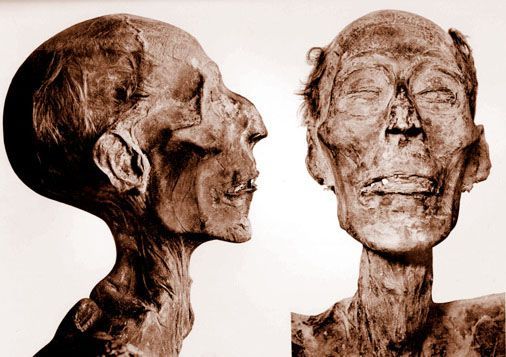
His early reign was focused on building cities, temples, and monuments. He established the city of Pi-Ramses in the Nile Delta as his new capital and used it as the main base for his campaigns in Syria. At the age of fourteen, he was appointed prince regent by his father, Seti I.
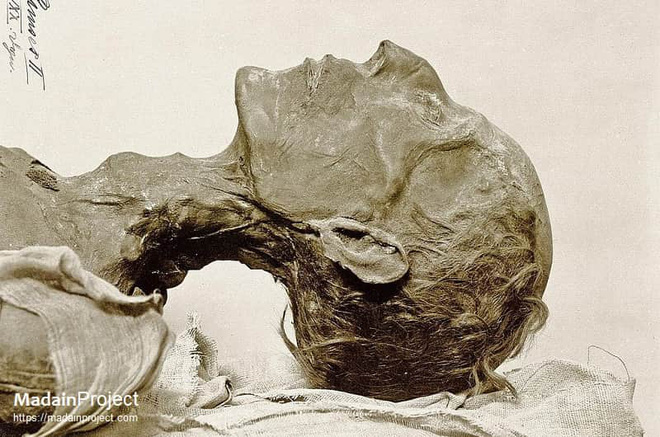
He is believed to have ascended the throne as a teenager and is known to have ruled Egypt from 1279 to 1213 BC.
The ancient Egyptian historian (and priest) Manetho recorded that Ramesses II reigned for 66 years and 2 months, and most Egyptologists today believe that he ascended the throne on May 31, 1279 BC.
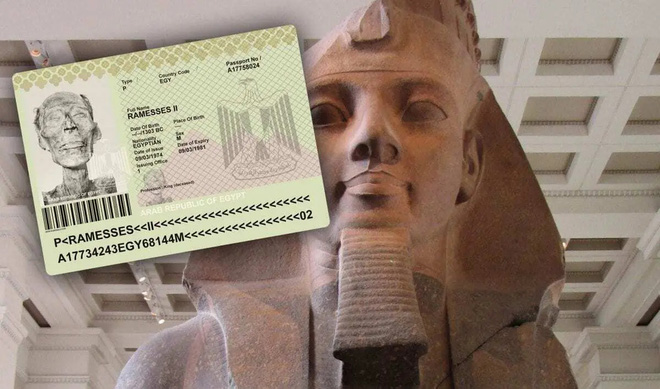
Estimates of his age at death vary, but 90 or 91 are considered the most likely. During his reign, Ramesses II held thirteen or fourteen Sed festivals – more than any other pharaoh. The first festival was held after the pharaoh had been on the throne for 30 years, and then every three years thereafter.
He was buried in a tomb in the Valley of the Kings. His body was later moved to a secret royal burial site, which was discovered by archaeologists in 1881. Today, Ramesses II’s mummy is on display in the Egyptian Museum.
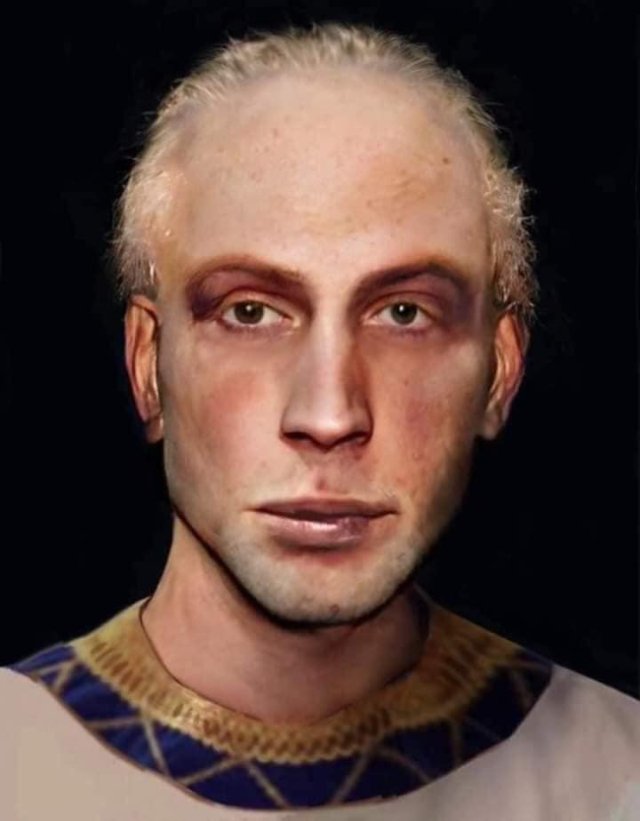
In 1975, French doctor Maurice Bucaille examined the mummy in the Cairo Museum and found it to be in very poor condition. French President Valerie Giscard d’Estaing convinced the Egyptian government to send the mummy to France for restoration.
In September 1976, the mummy of Ramesses II was greeted at Paris-Le Bourget airport with full military formalities befitting a king, and then taken to the laboratory at the Musée de l’Homme.
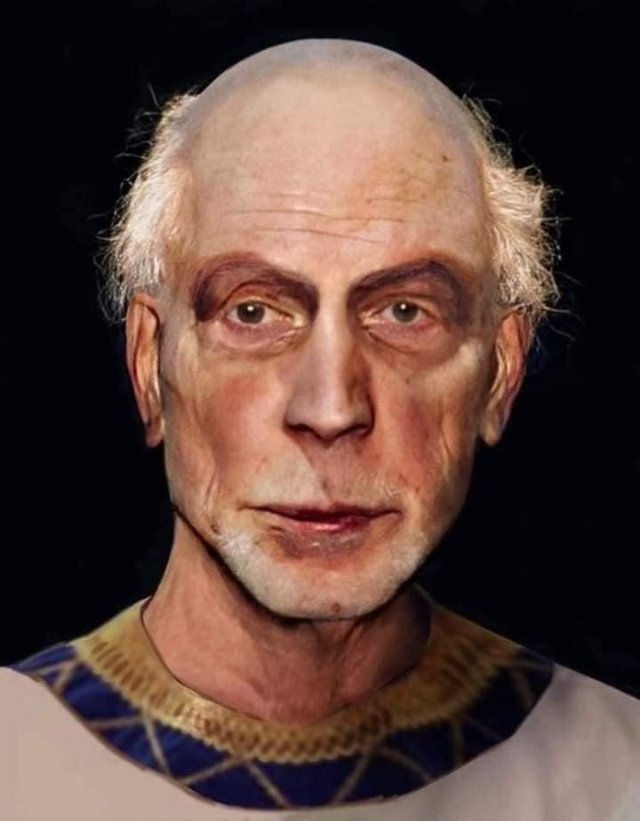
The mummy was forensically examined by Professor Pierre-Fernand Ceccaldi, chief forensic expert at the Criminal Identification Laboratory in Paris.
Professor Ceccaldi determined that: “The perfectly preserved hair shows some additional evidence – especially regarding pigmentation: Ramesses II was a red-haired person with “cymnotriche leucoderma” – that is, a light-skinned person with wavy red hair.”
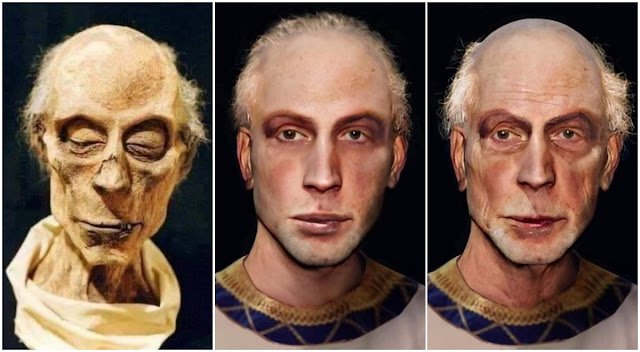
Recreating the appearance of Egyptian pharaoh Ramesses II (1303 – 1213 BC) using artificial intelligence.
Later, microscopic examination of Ramesses II’s hair roots showed that the king’s hair was actually originally red. This allowed the assumption that he came from a family with red hair.
This information is not only valuable in terms of physical appearance but also has historical significance because in ancient Egypt, people with red hair were considered to be associated with the god Set – the killer of Osiris, and the name of Ramesses II’s father was Seti I, which means “disciple of Set”.
After being irradiated to kill fungi and insects, the mummy was returned from Paris to Egypt in May 1977.

